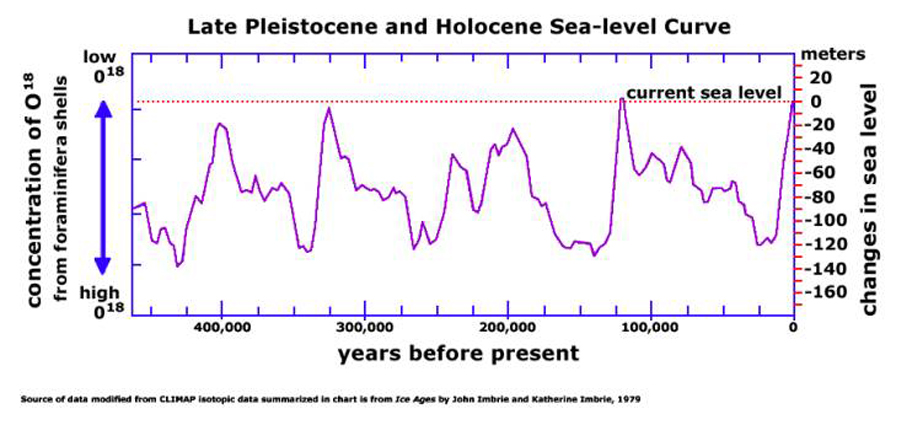The wide and steep entrance channeled sediments and fossils into the cave over a long time period.Kira Westaway/Macquarie University
An editorially independent anthropology magazine of the Wenner-Gren Foundation & University of Chicago Press
Posted on 08/25/2023 9:19:20 AM PDT by SunkenCiv
...First, the human fossils cannot be directly dated, since the site is a world heritage area and the fossils are protected by Laotian laws.
Second, there are very few animal bones and no suitable cave decorations, either of which might be used for dating.
And third, the entrance of the site is wide and steep. This means any charcoal found in the cave, which is useful for dating, may well have come from outside—so it has little relation to the age of the sediment inside.
This means the backbone of the timeline must be established by the dating of the sediment itself using techniques such as luminescence dating...
This technique mainly uses two minerals: quartz and feldspar.
Quartz can only be used in the younger levels, since it is limited by how much signal it can hold. In the deeper layers, it can often underestimate the age, so in Tam Pà Ling, we only used quartz to date the top 3 meters of the sediment.
For the lower levels (4–7 meters), we had to switch to dating using feldspar to fill in the gap in the age profile. Below 6 meters, the feldspar grains started to weather, and we had to resort to fine-grain dating using tiny mineral grains all mixed together.
...eventually two teeth from a cow-like animal were unearthed at 6.5 meters deep that could be dated using two distinct techniques.
Uranium-series dating works by measuring uranium and the elements into which it transforms via radioactive decay within the tooth. Electron-spin resonance dating relies on measuring the number of electrons in tooth enamel.
Each technique offers an individual numerical age for the fossil. By combining the two, we obtained robust direct dates, which can complement the luminescence chronology.
(Excerpt) Read more at sapiens.org ...
The wide and steep entrance channeled sediments and fossils into the cave over a long time period.Kira Westaway/Macquarie University
An editorially independent anthropology magazine of the Wenner-Gren Foundation & University of Chicago Press
I think it was when Marco Polo went over there.
I visited Mongolia a few years ago. One site I visited was a stop on the Silk Road, so of course, the subject of Marco Polo came up.
My Mongolian guide thought that Marco Polo had brought noodles to China. I had to correct her and tell her that the Chinese invented noodles and Marco Polo brought them to Europe.

The advance and retreat of the glaciers accompanied by sea levels going up and down 400 ft which has occurred five times in this current 2.5 million years old Ice Age hasn't helped our historical knowledge either.

I suspect they arrived in the 1600s!
” I had to correct her and tell her that the Chinese invented noodles and Marco Polo brought them to Europe.”
You sure about that?
“Did pasta come from China? Absolutely not, historians say”
https://www.todayonline.com/world/did-pasta-come-china-absolutely-not-historians-say
Disclaimer: Opinions posted on Free Republic are those of the individual posters and do not necessarily represent the opinion of Free Republic or its management. All materials posted herein are protected by copyright law and the exemption for fair use of copyrighted works.